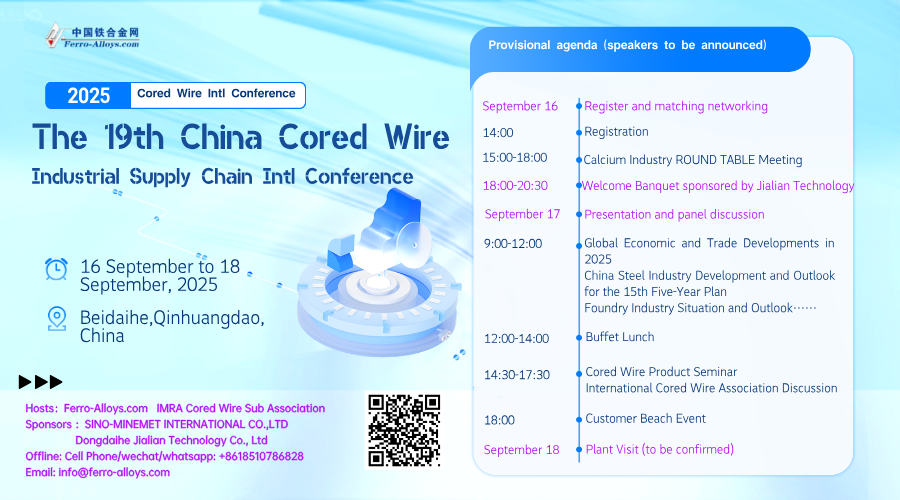Like most regional steel industries, the Indian steel industry was sitting in a very comfortable position till 2013. The market was well balanced from both, a demand and supply perspective. In fact, the steep currency depreciation towards the start of 2013 Q3 positioned Indian mills in the global export market, and India turned into an overall net exporter. However, as the currency stabilised by the start of 2014, domestic mills started to lose their advantage in the export market. Concurrently, by 2014 Q2, the global steel industry started to face the heat of slower economic growth in China and India was no exception. Huge amounts of competitively priced Chinese imports started to make their way into the country and India once again turned into a net importer of steel. To make conditions worse, economic conditions deteriorated amidst rising inflation and fiscal deficits which led to slumping steel demand. For almost two years now, the Indian steel market has been facing issues of growing imports, declining exports, surplus domestic availability and weak end-use demand.
More importantly, the industry has entered into the down cycle when domestic companies are now laden with huge debts taken on to support capacity expansions. The ever shrinking margins amidst falling steel prices have made repayment of these loans difficult and has caused a sharp rise in the Non-Performing Assets (NPA) for banks from the steel sector. This made Government interventions important and led to the announcement of a series of protectionist measures through the last year. These programs included higher duties, a new 20% safeguard duty on HR coil and mandatory BIS certifications. However, none of those proved to be a success in stemming off import pressure. The lack of success with these programs has left the Government of India to institute the much debated MIP as a temporary stop-gap measure for imports of semi-finished and finished steel products. As the name suggest, these are set prices below which imports will not be allowed. In addition, the applicable import duty for a given product category will be calculated on the MIP.
Key highlights:
Effective from date of announcement, 5th February 2016.
Valid for six months or further notice which ever is earlier.
Applicable on 173 out of a total of 500 HS codes, which accounts for nearly 80-85% of the total imports.
Not applicable on raw material, including scrap.
Excludes X-52 and higher grades of API imports.
Imports under advance license will be exempted.
Not applicable on imports/shipments for which the Letter of Credit has already been entered into before the date of MIP announcement.
Expected impact:
Overall impact of MIP on domestic prices is expected to be positive.
The set MIP's, on an average is around $150/t higher than the current import offers coming from China. (e.g. current Chinese HRC offers are around $300-305/t CFR while the set MIP is $445/t CFR).
In additon, the import duty difference between MIP and import offers will give an additional advantage of $18-20/t, making imports further uncompetitive.
However, in the immediate quarter, the potential of domestic price increases will be limited as previously booked, low priced imports continue to make way into the country affecting overall supply.
January-March being the financial year end will put additonal pressure on domestic steel mills to push volumes and achieve annual targets, thus quantity based discounts are not completely ruled out.
The third most important factor limiting price increases in the current quarter would be weak demand which will reduce customers acceptability for higher prices.
We thus expect domestic prices to increase by an average INR2,500-3,000/t in 2016 Q1. For some products like CR coil and wire rod, this could be higher due to higher dependence on imports.
MIP is likely to have a greater impact on domestic prices from 2016 Q2 as this will exist in conjunction with the mandatory BIS certification requirement. Thus both volume and prices of imports will be under check.
Import arrivals are also expected to fall substantially from March providing domestic mills an opprtunity to regain market share.
Reduced import volumes will balance supply/demand conditions in the market and give domestic mills more leeway to increase prices.
In all we expect the domestic prices to increase by around INR 5,000-6,000/t in 2016 Q2.
CRU's Steel Sheet Products Monitor, Steel Long Products Monitor and Steel Monitor provides an in-depth and regular view on the global finished steel products prices, markets and economic data.
For more information, or to discuss our market views further, please email: steel@crugroup.com.
If you would like to receive future CRU Insights on specific commodities you are interested in, you can register here.
We would also like to draw your attention to the 'World Steel Conference' next month which is being hosted in Dusseldorf, Germany between the dates of March 16-18, where there will be a CRU Steel workshop on "The power of understanding steel production costs in this tough market."
- [Editor:tianyawei]



 Save
Save Print
Print Daily News
Daily News Research
Research Magazine
Magazine Company Database
Company Database Customized Database
Customized Database Conferences
Conferences Advertisement
Advertisement Trade
Trade














 Online inquiry
Online inquiry Contact
Contact

Tell Us What You Think